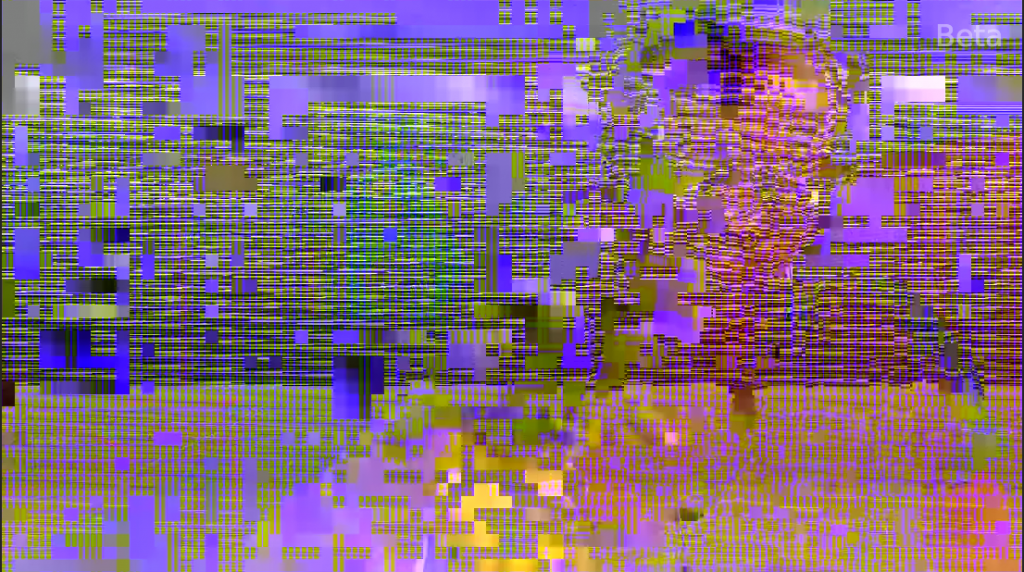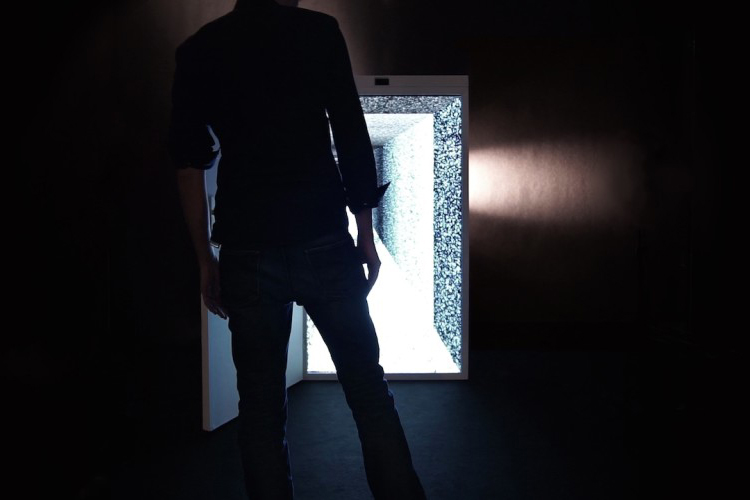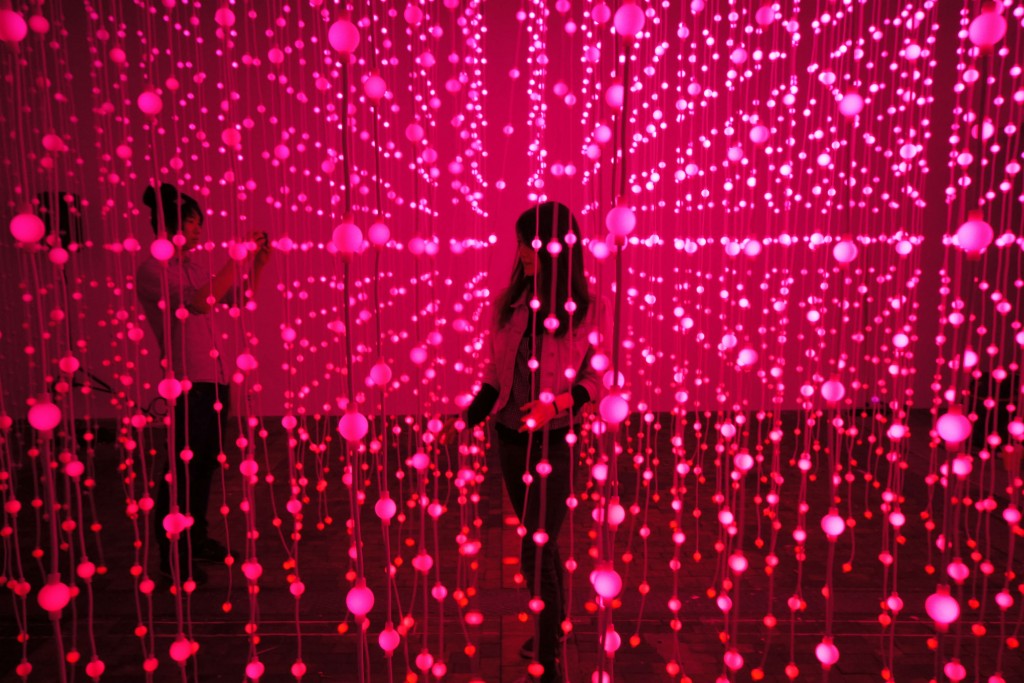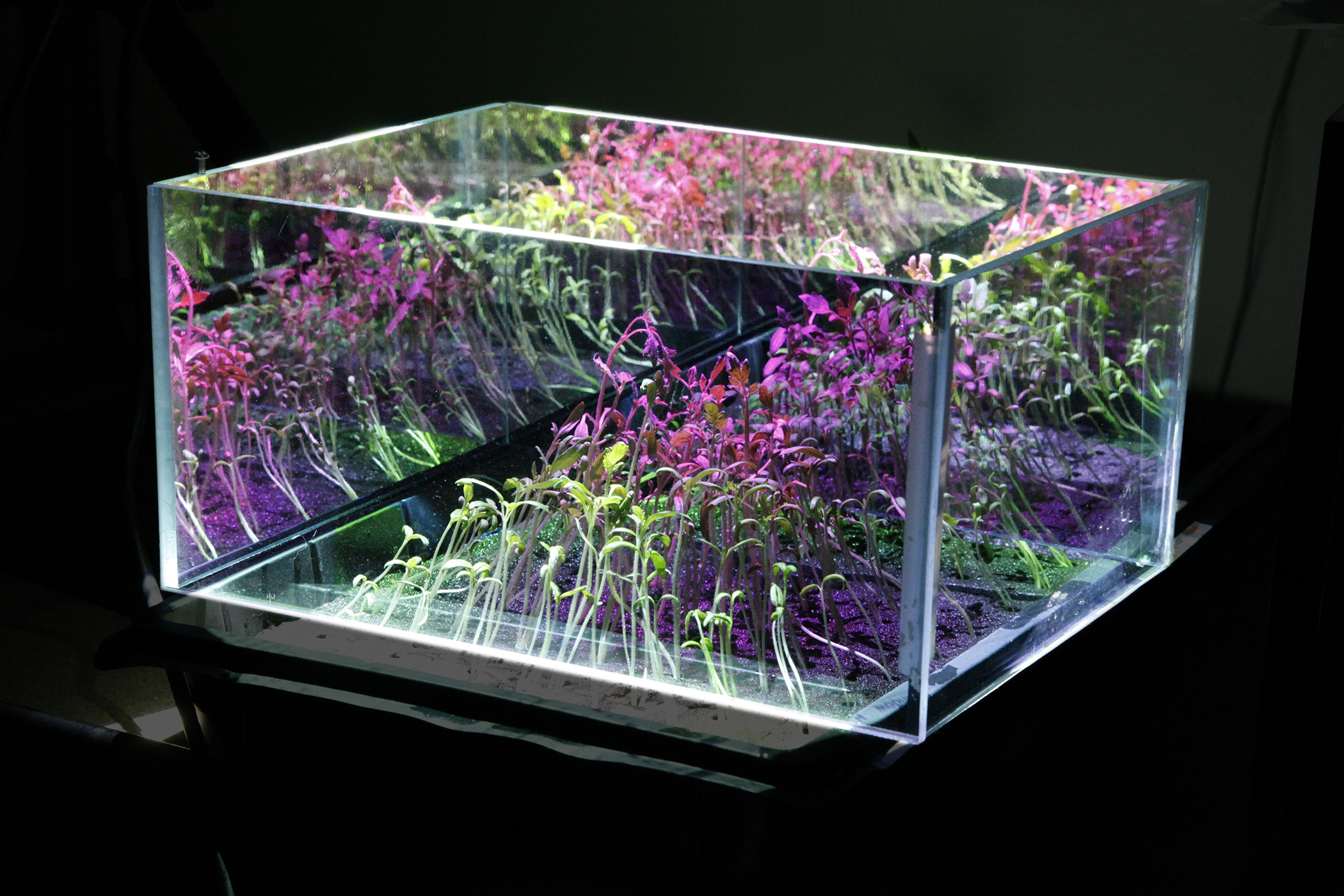© 2016 Misha Rabinovich, University of Massachusetts Lowell
SIGGRAPH is the premier event for showcasing the cutting-edge research and innovation that drives computer graphics and interactive techniques, and the Art Gallery and Art Papers programs are designed to immerse attendees into an unforgettable experience that defies creative boundaries and generates progressive discussion. Both Art programs unveil and explore themes connecting the human experience to the networks that embody the modern world. Discover what awaits you at SIGGRAPH 2016:
Research – Art Papers
The Art Papers program examines the methods of artists as they function in an increasingly global, networked, and technologically mediated world. During the conference, authors present their papers in 20-minute sessions. Plus, each paper is published in a special issue of Leonardo, The Journal of the International Society of Arts, Sciences and Technology. Below is a sneak peek at some of the 2016 papers.

Perceptual Cells
Author: Alla Gadasski, Emily Carr University of Art + Design
James Turrell’s perceptual cells incoroprate the neurophysiological apparatus as an active participant not only in the reception of projected moving-images, but also in the very production and transmission of virtual moving images. Combining the cinematic effect of stroboscopic projection with what the author calls the “edgeless projection” of a Ganzfeld Effect, Turrell’s perceptual cells combine the architecture of programmed projection with the architecture of organic vision to produce a networked extra-sensory medium. This paper performs a phenomenological analysis of Turrell’s Light Reignfall (2011) perceptual cell, following its design, effects on the viewer, and cultural and material history. In the process, the paper situates the perceptual cell between the history of avant-garde cinema (what historians have called “paracinema”) and the history of perceptual psychology and parapsychology (what the author terms “para-cinema”).
Raised on YouTube (Pictured Above)
Author: Misha Rabinovich, Independent Artist
“Raised on YouTube” is an installation and game that grows plants with only the light of projected video and makes ecology legible as a multiplayer game. The challenge of finding the most nurturing video is crowdsourced online. As players watch a webcam feed of the plants surrounded by two-way mirrors, their computer power is diverted to photosynthetic video analysis. The system calculates the photosynthetic score for each video using a basic botanical model. The resulting shape and density of the plant grow bed serves as a data visualization of the energy patterns in the cultural stream. The system provides opportunities to reflect on the effects of long-term exposure to contemporary media and to imagine ecological possibilities of participatory culture.
Experiences – Art Gallery
The 2016 Art Gallery program exposes the constant plethora of data that surrounds us and transforms it to incarnations of tangibility that not only showcase complexity, but also allow us to relate on a human scale. By injecting humor and kinetic energy to this year’s exposition, the “Data Materialities” themed gallery makes light of data platforms and presents them on a grand scale to reveal ubiquity. Preview some of the installations below.

Doors
Artists: David-Alexandre Chanel and Romain Constant, THÉORIZ Studio
Doors is a portal that takes on the middle ground between virtual and physical space. Sensors surrounding the structure of an actual door track visitors’ movements and change the portal on the screen’s perspective in an anamorphic system that adjusts to their visual angle in real time.

Submergence
Artists: Anthony Rowe, Gaz Bushell, Liam Birtles, Chris Bennewith, and Oliver Brown, Squidsoup
Submergence is a walkthrough environment consisting of 8,064 individually addressable LEDs suspended from a ceiling to create feelings of presence, movement, and envelopment when one is interacting with it. Without a VR headset, the physicality of the environment challenges the ways in which we experience data flows and makes us think more creatively about how information could be represented in physical spaces.
Are you ready to experience the art of SIGGRAPH 2016, 24–28 July? Click here to register today. Click here to preview other conference programs.



